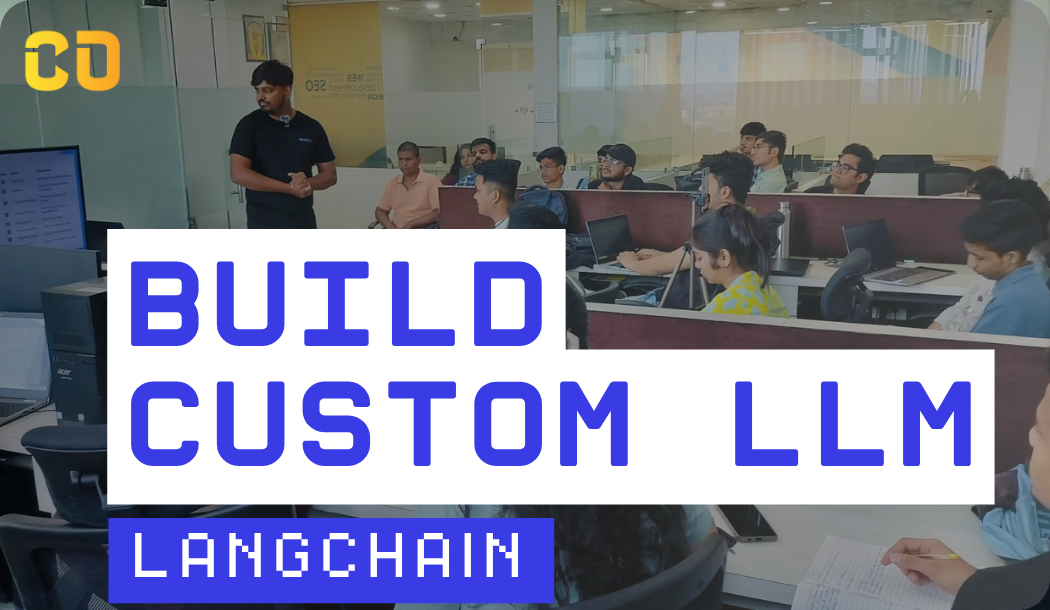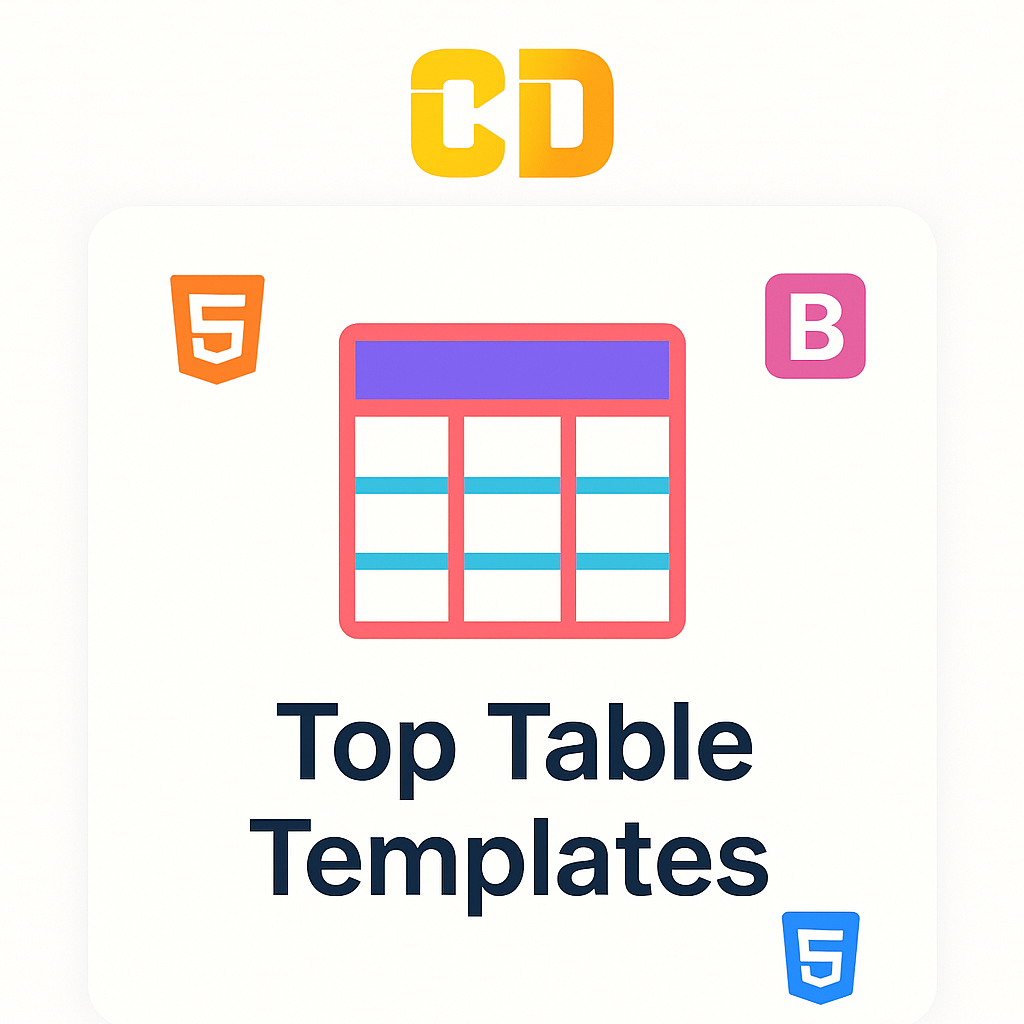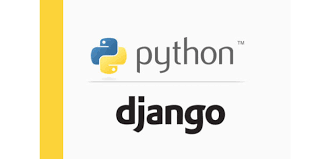Full Stack Development is a critical role in the software development lifecycle, encompassing both front-end and back-end technologies. Wipro, a leading global technology services provider, frequently interviews candidates for Full Stack Developer positions. This blog outlines the top 20 interview questions along with detailed answers to help you prepare effectively.
1. What is a Full Stack Developer?
A Full Stack Developer is a software engineer proficient in both front-end and back-end development. They are responsible for developing complete web applications, including user interfaces, server-side logic, and database interactions.
2. What are the key technologies a Full Stack Developer should know?
Key technologies include:
- Front-End: HTML, CSS, JavaScript, frameworks like React, Angular, or Vue.js.
- Back-End: Node.js, Express.js, Ruby on Rails, Django, or ASP.NET.
- Databases: SQL (MySQL, PostgreSQL) and NoSQL (MongoDB).
- Version Control: Git and platforms like GitHub or GitLab.
3. Explain the difference between REST and SOAP.
- REST (Representational State Transfer): An architectural style using standard HTTP methods (GET, POST, PUT, DELETE) to interact with resources. It is stateless, lightweight, and supports multiple data formats (JSON, XML).
- SOAP (Simple Object Access Protocol): A protocol that defines a set of rules for structuring messages. It uses XML and relies on specific protocols (like HTTP, SMTP) for message transmission. SOAP is more rigid and has built-in error handling.
4. What are some common HTTP methods used in web development?
Common HTTP methods include:
- GET: Retrieve data from the server.
- POST: Send data to the server to create or update a resource.
- PUT: Update an existing resource or create it if it doesn't exist.
- DELETE: Remove a resource from the server.
5. What is the role of middleware in web applications?
Middleware is software that acts as an intermediary between different components of a web application. It handles requests and responses, providing functions such as authentication, logging, error handling, and data transformation.
6. Describe the Model-View-Controller (MVC) architecture.
MVC is a design pattern that separates an application into three main components:
- Model: Represents the data and business logic.
- View: The user interface that displays data to the user.
- Controller: Handles user input, interacts with the model, and updates the view.
7. How do you manage state in a React application?
State management in React can be done using:
- Local State: Managed within a component using the
useStatehook. - Context API: Allows sharing state across multiple components without prop drilling.
- State Management Libraries: Such as Redux or MobX for more complex applications.
8. What is the purpose of using a package manager like npm or Yarn?
Package managers like npm (Node Package Manager) and Yarn are used to manage libraries and dependencies in JavaScript projects. They allow developers to install, update, and manage packages, ensuring the correct versions are used.
9. How do you implement authentication in a web application?
Authentication can be implemented using:
- Session-based authentication: Storing user sessions on the server and managing session IDs in cookies.
- Token-based authentication: Using JSON Web Tokens (JWT) to verify user identity and granting access to resources.
10. Explain the concept of responsive design.
Responsive design is an approach to web development that ensures web applications provide an optimal viewing experience across a wide range of devices and screen sizes. This is achieved through flexible layouts, fluid images, and CSS media queries.
11. What is CORS, and how do you handle it?
CORS (Cross-Origin Resource Sharing) is a security feature implemented by browsers to prevent requests from one origin to another without proper authorization. To handle CORS, server-side configurations must allow specific origins, headers, and methods.
12. How do you optimize a web application for performance?
Performance optimization can be achieved through:
- Minification: Reducing file sizes for CSS and JavaScript.
- Image Optimization: Using appropriate formats and sizes.
- Lazy Loading: Loading resources only when needed.
- Caching: Storing frequently accessed data to reduce server load.
13. What is the purpose of version control in software development?
Version control systems (like Git) track changes to code, enabling multiple developers to collaborate effectively. They allow for branching and merging, making it easy to manage different versions of a project and revert to previous states if necessary.
14. How do you deploy a web application?
Deployment involves several steps:
- Build: Compiling and preparing the application for production.
- Choose a Hosting Service: Selecting a platform like AWS, Azure, or Heroku.
- Upload: Transferring files to the server.
- Configuration: Setting environment variables, databases, and server settings.
- Testing: Verifying that the deployed application works as intended.
15. What are some best practices for writing clean and maintainable code?
Best practices include:
- Consistent Naming Conventions: Using clear and descriptive names for variables and functions.
- Modular Code: Breaking code into smaller, reusable functions or components.
- Commenting: Writing comments to explain complex logic or decisions.
- Code Reviews: Collaborating with peers to improve code quality.
16. Describe the role of APIs in web development.
APIs (Application Programming Interfaces) allow different software applications to communicate with each other. They enable developers to access functionality or data from other services and integrate them into their applications.
17. What is the difference between SQL and NoSQL databases?
- SQL (Structured Query Language): Relational databases (e.g., MySQL, PostgreSQL) that use structured schemas and support complex queries through SQL.
- NoSQL: Non-relational databases (e.g., MongoDB, Cassandra) that store data in a flexible format, allowing for scalability and handling unstructured data.
18. How do you ensure security in a web application?
Security can be ensured through:
- Input Validation: Sanitizing user input to prevent injection attacks.
- Encryption: Securing sensitive data during transmission and storage.
- Authentication and Authorization: Implementing strong authentication mechanisms and controlling user access.
19. Explain the importance of Agile methodology in software development.
Agile methodology promotes iterative development, allowing teams to deliver work in small, manageable increments. It emphasizes collaboration, flexibility, and customer feedback, resulting in faster delivery of high-quality software.
20. How do you troubleshoot and debug issues in a web application?
Troubleshooting and debugging can be done through:
- Console Logging: Using
console.logstatements to track variable values and flow. - Browser Developer Tools: Inspecting elements, network requests, and performance metrics.
- Error Handling: Implementing try-catch blocks and logging errors for further investigation.
Conclusion
Preparing for a Full Stack Developer interview at Wipro requires a thorough understanding of both front-end and back-end technologies. Familiarizing yourself with these questions and answers will enhance your confidence and readiness for the interview.
Best of luck!








Add a comment: